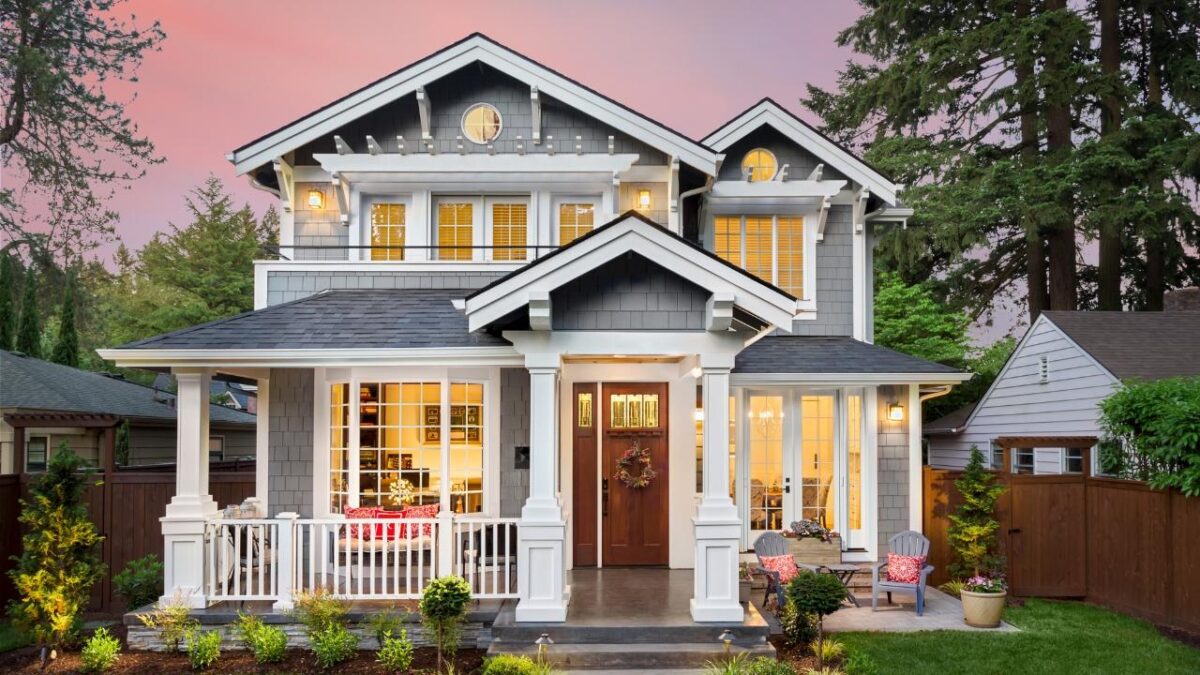Trim choices make your home’s style look cohesive, protect it from weather, and suit your taste. Options like classic, modern, or rustic fit different designs.
Alpine Exterior Contractor helps with trim and siding. They are the best exterior trim and siding installer, whom you can trust happily. Our guide explains trim options, their uses, and how to pick ones that fit your home’s style and climate.
Trim Categories: Balancing Style and Purpose
Window Trim
Casing frames windows in styles like flat, rounded, or ornate fluted designs for Victorian homes, or sleek lines for modern builds. Sills and headers—horizontal trim beneath and above windows—are angled to direct water away. Wood offers timeless appeal when painted or stained, while PVC or composite materials resist rot.
Door Trim
Casings frame entryways, often paired with sidelights or transoms for drama. Weather-resistant materials ensure durability by blocking moisture.
Corner Boards and Trim
Reinforcing corners for durability while adding visual interest, these can be rounded or angled to mimic historic styles like Federal or Craftsman.
Utility Trim
Vent covers hide HVAC units or dryer vents with decorative grilles, while pipe covers conceal plumbing pipes near foundations using matching trim or panels.
Material Matters: Choosing the Right Trim
-
- Wood: Durable and customizable for traditional designs, but requires regular painting or staining. May warp in extreme climates.
-
- Vinyl/PVC: Low-maintenance, rot-resistant, and budget-friendly. It is less customizable but withstands the weather.
-
- Aluminum: It is perfect for modern builds. Light in weight.
-
- Composite: Blends wood’s aesthetics with vinyl’s durability. Higher upfront cost but long-lasting.
Designing with Purpose
-
- Color and Contrast: Match trim to siding for a minimalist look, or use dark/light contrasts for visual impact. Follow regional norms—white trim in New England, earth tones in Southwestern regions.
-
- Climate Considerations: In humid areas, opt for ventilated soffits and rot-resistant cedar. In cold climates, ensure tight seals to prevent ice damming. High-wind zones require heavy-duty aluminum or reinforced wood.
-
- Architectural Alignment: Colonial homes benefit from symmetrical shutters and dentil details. Modern designs rely on clean lines and geometric patterns to create their signature aesthetic. Rustic homes pair well with rough-sawn wood and natural stains.
Installation and Maintenance Tips
There are homeowners who think that they can easily handle the trim projects. You are mistaken if you have the same perception towards the trim projects. It is better to hire a professional always, to stay with peace of mind. A skilled installer guarantees proper alignment to block water intrusion, selects materials tailored to your climate, and avoids delays caused by weather or errors.
Ongoing Care: Inspect annually for cracks or pest damage. Re-caulk joints every 3–5 years. Follow staining/painting guidelines (typically every 5–7 years for wood).
Real-World Inspiration
A coastal cottage might feature white PVC shutters and beadboard soffits to resist saltwater corrosion, creating a bright, durable exterior that blends with the beach. A mountain retreat could use rough-hewn cedar with dark stains and stone accents, harmonizing with natural surroundings. A modern urban home might opt for aluminum C cornices and minimalist window casings to emphasize sleek, contemporary design.

